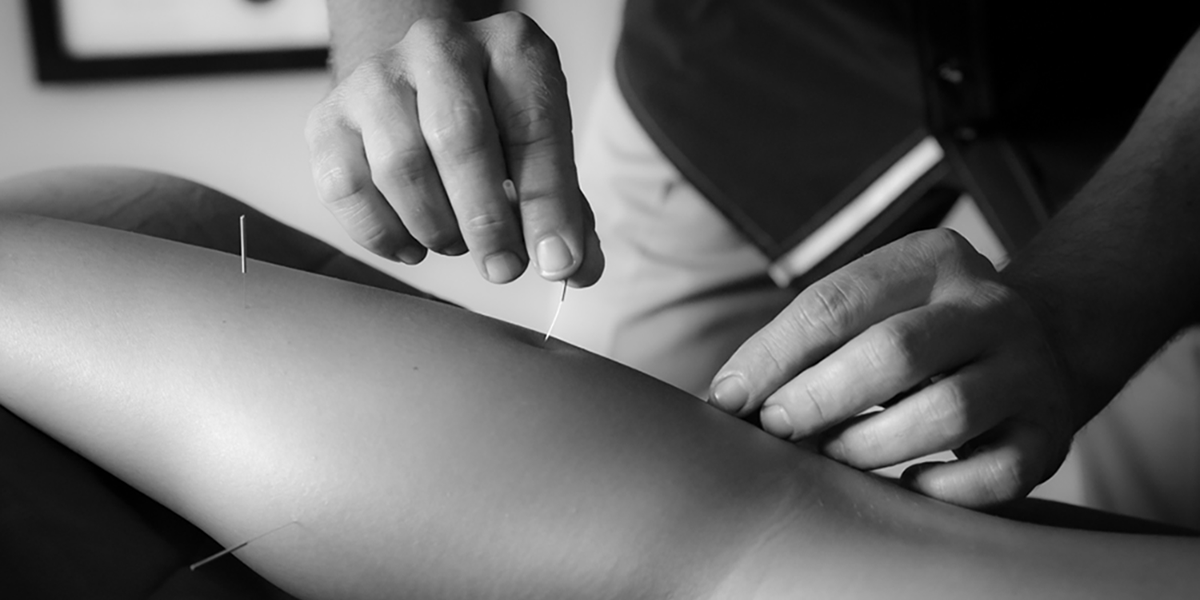Acupuncture
Acupuncture is the insertion of a single or multiple micro-thin needles through the skin into strategic spots to elicit a specific effect. Acupuncture is a central tool in the arsenal of Traditional Chinese Medicine (TCM) which is used to promote bodily function, harmonize the immune system, facilitate recovery, and stimulate our body’s healing systems. The goals and desired effect of treatment, and the location of the problem, will determine the number and location of needles placed in the body.
The classic TCM philosophy describes the primary goal of acupuncture as the stimulation and balancing of harmonious flow of life force energy - traditionally known as Qi (CHEE) - through the multiple channels (meridians) of the body. Like function buttons on a computer, acupuncture points recruit a specific action or series of actions. Points are used in specific combination, based on the pathology, to re-establish a balanced flow of Qi throughout the body.
Dry Needling (Trigger Point, “A Shi” Acupuncture)
Although acupuncture has been practiced in some form for nearly five thousand years, the vast benefits of this ancient science have only begun to be discovered by the western (allopathic) medical world. The one area where acupuncture has been widely accepted is in the treatment of musculo-skeletal pain syndromes. “Dry Needling” is a western medical term for the insertion of acupuncture needles into trigger points within the muscles, typically producing pain and a “twitch response” within the muscle. Once the “twitch” has occurred, the procedure commonly involves repeated stimulation of the needle, or the use of electro-stimulation to facilitate muscular “twitch” in individual points. Most patients do not feel the needle insertion, but will feel a sensation when the “twitch response” occurs. The level of “pain” and intensity of response can vary between individuals, but typically muscles suffering from excessive tension or injury will produce a stronger sensation than healthy muscle tissue.
In TCM, this form of acupuncture is known as “a shi” needling, which roughly translates as “where’s the pain”. The practice is based on palpating the body in the painful area, and placing the needle in the center of the affected area. This creates the “twitch response” which is traditionally described as “jumping qi” or a release of stagnant energy.
For more information:
Moxibustion
Moxibustion (or Moxa) is used for people who have a cold or stagnant condition and is very often (but not always) used in conjunction with Acupuncture. Moxa is a TCM technique which involves the burning of Mugwort (artemesia annua), a small, spongy herb, to enhance healing. Moxa has been used throughout Asia for thousands of years. It strengthens the blood, stimulates the flow of qi (CHEE), and helps to maintain general health. Moxa has won acclaim in the Medical world for its ability to turn breech presentation babies into a normal head-down position, which is considered safest during childbirth. Moxa is also used to treat inflammatory conditions and is highly effective for menstrual cramps.


